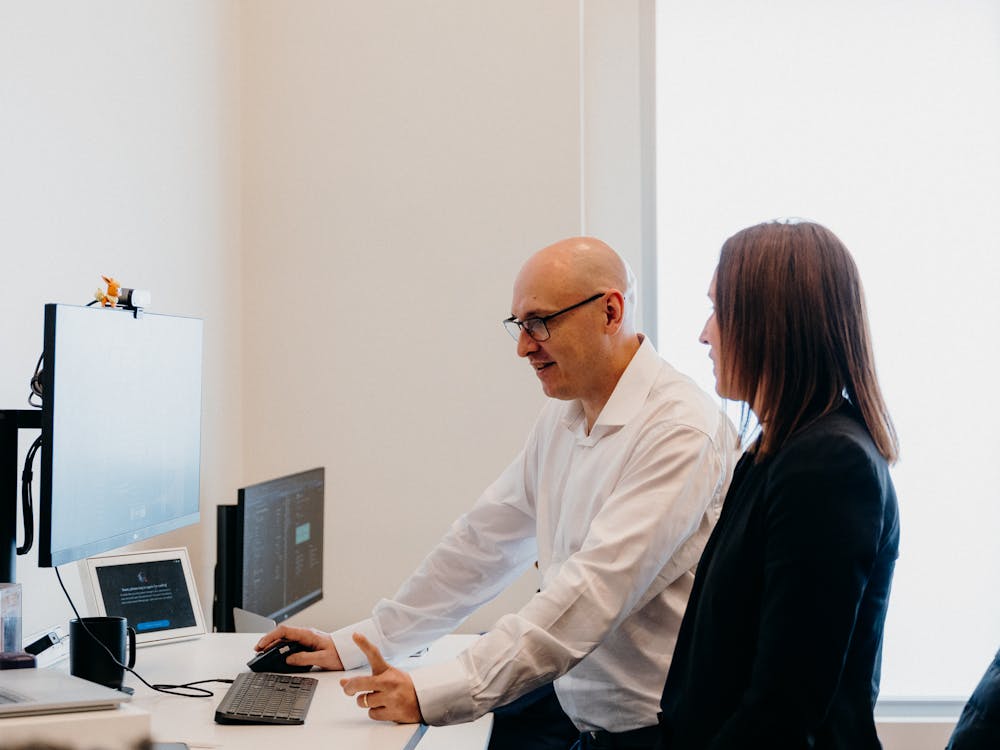About Dynamic Business Technologies

Expert advice that will support your business outcomes
At Dynamic Business Technologies, we know every organisation is unique. That’s why we never use a one-size-fits-all model. Instead, we get to know your business, challenges, and long-term business objectives, then create an IT strategy tailored to them.
From advanced cyber security and infrastructure management to cloud solutions, migrations, and day-to-day support, we provide the expertise needed to deliver strategies that work. Our dedicated support team ensures that your IT environment is protected, efficient, and aligned with your business goals.
































